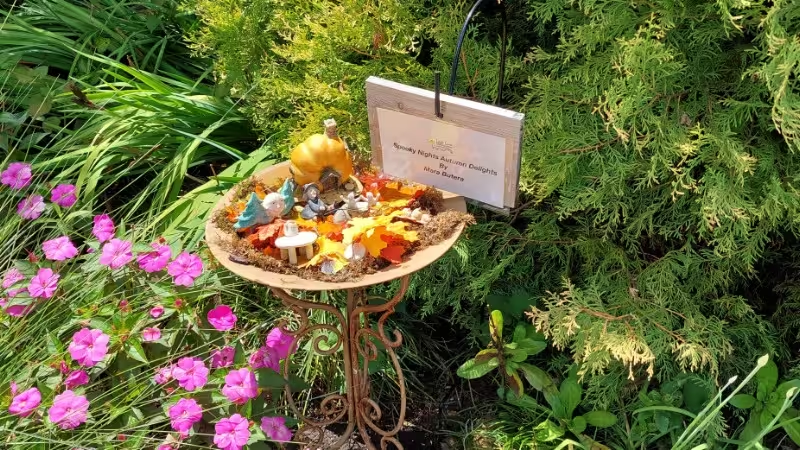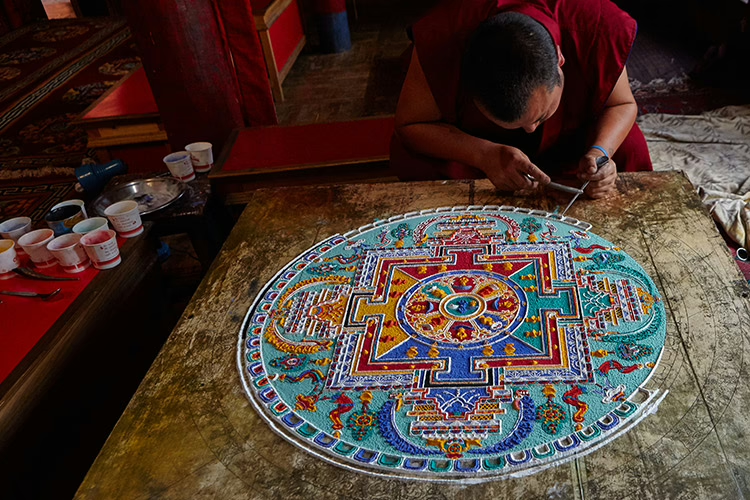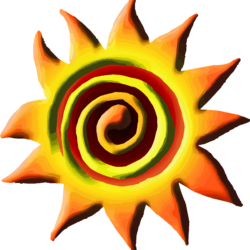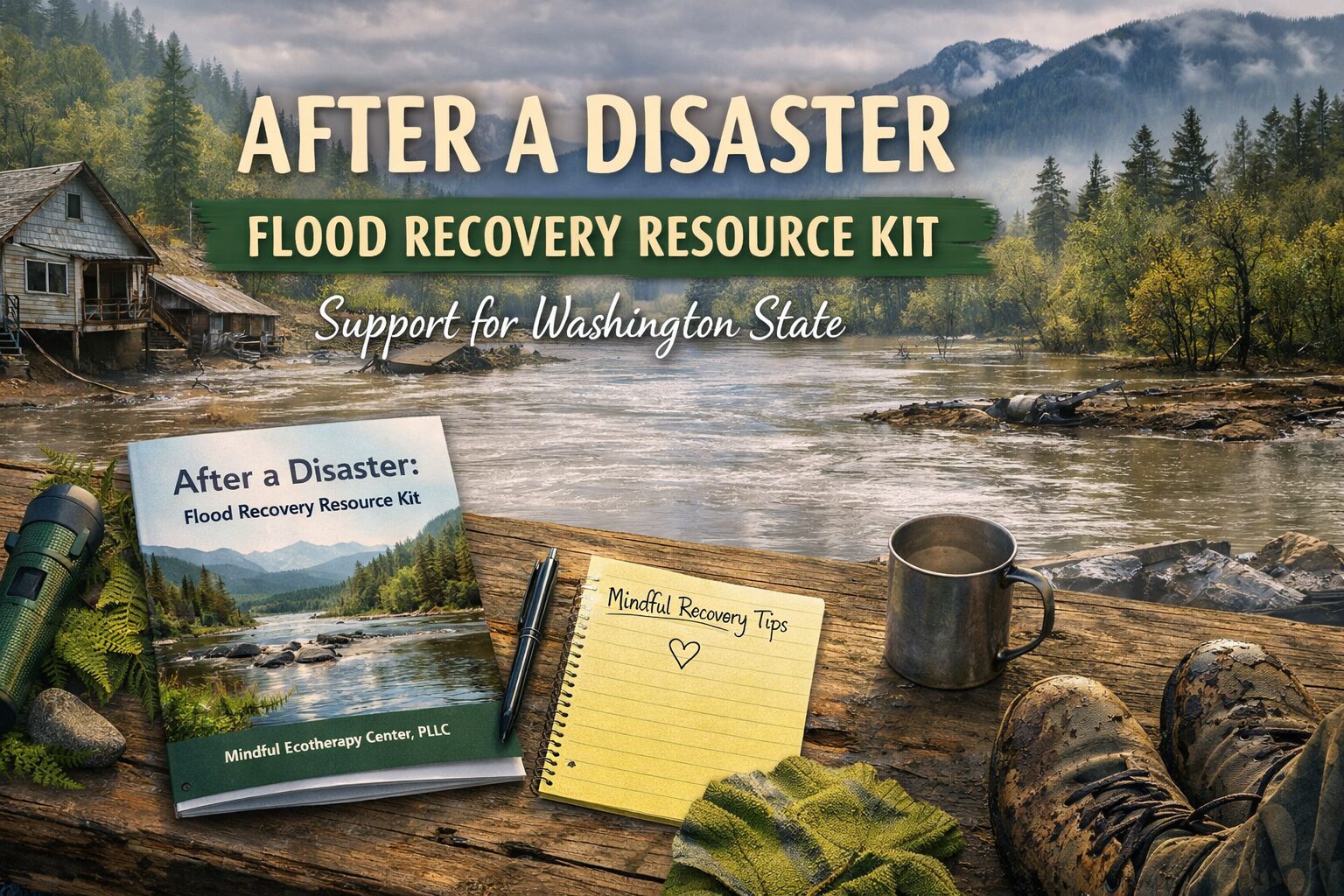
Table of Contents
Emotional pain, whether caused by trauma, grief, anxiety, depression, or life transitions, can be difficult to articulate through words alone. For many, traditional talk therapy may not offer the full depth of expression or healing needed to process deeply rooted emotions. This is where Eco Art Therapy steps in: a powerful fusion of expressive arts and nature-based healing that supports emotional integration and resilience.
Rooted in the principles of both art therapy and ecotherapy, Eco Art Therapy invites individuals to engage with natural materials and the outdoor environment as part of the therapeutic process. By creating art in and with nature, individuals not only externalize their inner experiences but also reconnect with the natural rhythms of life, which can be especially restorative for those processing emotional pain.
What Is Eco Art Therapy?
Eco Art Therapy is a therapeutic modality that combines creative expression with nature-based practices. It incorporates elements of traditional art therapy—like drawing, sculpting, and collage—with natural materials such as leaves, stones, twigs, sand, or water. Sessions may take place outdoors in forests, gardens, or parks, or indoors using materials gathered from the natural world.
Eco Art Therapy is rooted in the understanding that nature is not only a backdrop for healing but a co-therapist. In Eco Art Therapy, nature is a dynamic, responsive force that helps individuals regulate emotions, access intuition, and restore psychological balance (Buzzell & Chalquist, 2009).
Why Emotional Pain Needs Creative and Somatic Expression
Emotional pain is often stored not just in the mind, but also in the body and nervous system. Neuroscience research shows that traumatic memories are frequently encoded in non-verbal parts of the brain, making it difficult to process them through talk therapy alone (Van der Kolk, 2014).
Creative modalities like art therapy allow people to externalize inner turmoil, providing a safe container for experiences that may feel overwhelming or unnameable. When this creative work is done in or with nature, the healing effects are amplified by nature’s ability to reduce stress, lower cortisol levels, and promote feelings of safety and calm (Ulrich et al., 1991).
How Eco Art Therapy Supports the Processing of Emotional Pain
1. Externalization of Inner Experience
When emotions are turned into physical forms, whether through sculpture, painting, or mandala-making, they become tangible. This process helps individuals view their pain from a new perspective, making it less overwhelming and more manageable.
For example, a person might create a sculpture from stones and sticks to represent the weight of grief. Seeing that weight physically represented allows for new insights and a feeling of release.
2. Connection to the Natural World
Many people in emotional pain feel disconnected from themselves, others, and the world around them. Nature, with its cycles of growth, decay, and renewal, provides powerful metaphors for emotional healing. Creating art with natural materials helps foster a sense of belonging and continuity, reminding individuals that they are not alone in their suffering.
Nature also offers sensory grounding that helps regulate the nervous system. The feel of bark, the smell of pine, or the sound of running water can calm the body and help anchor individuals in the present moment.
3. Mindfulness and Embodiment
Eco Art Therapy naturally incorporates mindfulness, as participants must slow down, observe, and interact with their environment intentionally. This sensory engagement promotes embodiment—the act of being fully present in one’s body—which is key for emotional integration and trauma recovery.
According to Malchiodi (2015), combining mindful awareness with artmaking can reduce symptoms of PTSD, anxiety, and depression, particularly when practiced consistently in a safe, supportive environment.
4. Meaning-Making and Symbolism
Art made from nature often holds personal and symbolic meaning. A spiral made from shells might represent the journey inward. A broken branch tied together with twine might symbolize healing after rupture. These symbolic creations allow individuals to make meaning of their experiences, which is a central aspect of healing emotional wounds (Frankl, 2006).
The transient nature of many eco-artworks also mirrors the impermanence of emotional states, reinforcing the idea that pain, like seasons, will eventually pass.
Practical Eco Art Therapy Exercises for Emotional Healing
You don’t have to be an artist or even work with a therapist to begin exploring eco art therapy. Here are a few beginner-friendly practices:
1. Nature Mandala

- Gather natural items like leaves, stones, feathers, or flowers.
- Create a circular pattern on the ground, letting your hands move intuitively.
- Reflect on the emotions that arise as you build. What does the pattern say about your inner landscape?
2. Emotional Sculptures
- Use clay or mud mixed with natural materials to create shapes that represent your feelings.
- Place them in a space that feels sacred or safe.
- Observe how you relate to these forms—what might they need from you?
3. Eco-Journaling with Found Objects
- Go on a mindful walk and collect one item that speaks to your emotional state.
- Place it on a piece of paper and draw or write around it.
- Ask the object, “What do you want to teach me about my pain?”
These exercises can be done alone or facilitated by a trained eco-art therapist for deeper exploration and support.
Final Thoughts
Eco Art Therapy offers a soulful, embodied way to process emotional pain by inviting nature into the healing process. It speaks to something ancient and intuitive in us…the need to create, to connect, and to find meaning even in suffering. By engaging with natural materials and letting emotions take form through art, individuals can move from silence to expression, from isolation to connection, and from pain to transformation.
In times of emotional distress, you may not always find the right words, but the earth is listening, and your hands already know what to say.
References
Buzzell, L., & Chalquist, C. (Eds.). (2009). Ecotherapy: Healing with nature in mind. Sierra Club Books.
Frankl, V. E. (2006). Man’s search for meaning. Beacon Press.
Malchiodi, C. A. (2015). Creative interventions with traumatized children (2nd ed.). Guilford Press.
Ulrich, R. S., Simons, R. F., Losito, B. D., Fiorito, E., Miles, M. A., & Zelson, M. (1991). Stress recovery during exposure to natural and urban environments. Journal of Environmental Psychology, 11(3), 201–230. https://doi.org/10.1016/S0272-4944(05)80184-7
Van der Kolk, B. (2014). The body keeps the score: Brain, mind, and body in the healing of trauma. Viking.
Share Your Thoughts!
What do you think? Share your thoughts in the comments below! And don’t forget to subscribe to our newsletter!


